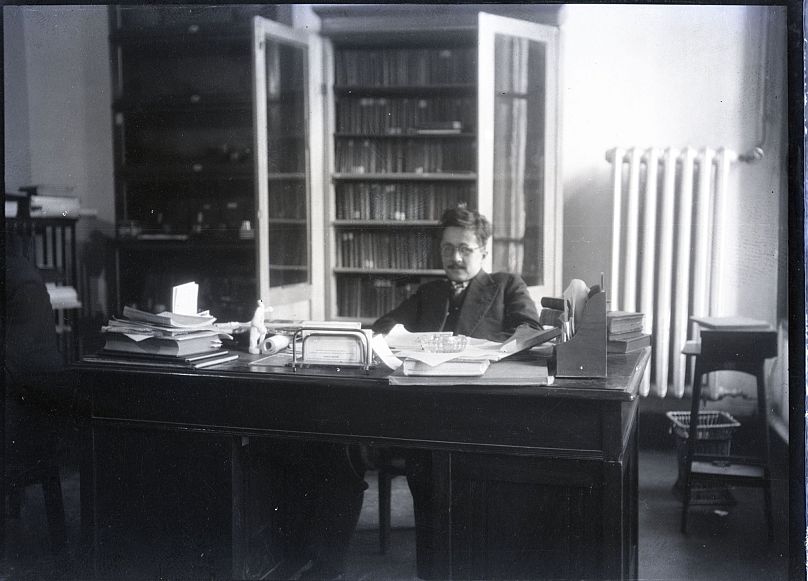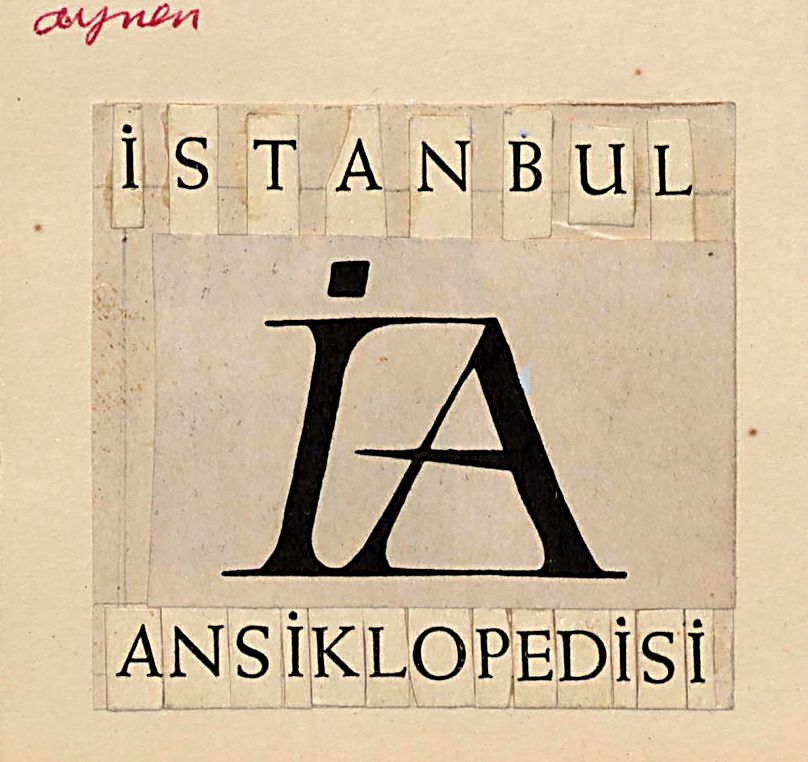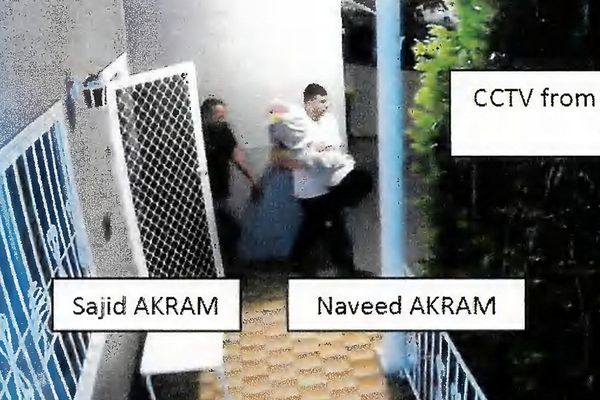
A new series on Netflix, Selman Nacar's Istanbul Encyclopedia introduces viewers to the intricate story of two women from different generations, bound by secrets and conflicts, all set against the backdrop of the city's rich history.
Named after Reşad Ekrem Koçu’s monumental work, Istanbul Encyclopedia not only revives Koçu’s unfinished project but also highlights his encyclopedic collection, which goes beyond conventional historical accounts to uncover untold stories.
The series brings to life locations like Alçakdam Slope, Bezm-i Alem Valide Sultan Mosque, Çarşanba Street, Naval Hospital, Emek Cinema, and several other landmarks featured in Koçu's work. These places seamlessly intertwine with the narrative, offering a nostalgic exploration of Istanbul's past.
Istanbul Encyclopedia and its author
Reşad Ekrem Koçu was an influential historian and writer born in Istanbul in 1905. He became known for his in-depth studies on Ottoman culture and civilization. Despite being the most significant and impactful of his works, the Istanbul Encyclopedia remains unfinished, concluding with an entry on "Gökçınar" (Mehmed Gökçınar, the barefoot hippie poet of Istanbul).


Koçu began this monumental task in 1944 with the aim of recording every facet of Istanbul—from its streets and myths to its people and professions. Far from being just a reference work, the encyclopedia is a city’s narrative, blending historical reality with literary imagination.
One of the most striking aspects of the Istanbul Encyclopedia is its seamless blending of historical facts with literary fiction. Koçu’s portrayal of the city is a history validated by documents, but also a story kept alive in the collective memory of the people.
Lifelong love affair with Istanbul
For Koçu, Istanbul was not just a city of birth but a passion that defined his life. This deep affection inspired him to embark on what would become a lifelong project.
However, rather than relying solely on academic texts, Koçu incorporated folk memory, city rumors, old clippings, anecdotes, photographs, archival documents, and stories passed down through generations. His encyclopedia became a living, breathing portrayal of the city, chronicling not only major events and famous landmarks but also forgotten characters, lost professions, and the peculiarities of everyday life in the city.
For instance, the encyclopedia includes stories of "a figure roaming the streets at night like a vampire, attacking people" or "girls disguised as men, raiding coffee houses." Koçu treats such bizarre occurrences with great seriousness, noting that "the legal fate of these incidents could not be determined." This demonstrates his view of the encyclopedia as both a historical record and a narrative—a living archive.
Koçu's original aim was to produce a comprehensive encyclopedia covering every aspect of Istanbul, from A to Z. However, he was only able to complete up to the letter "G," publishing 11 volumes during his lifetime. The remaining drafts, manuscripts and sketches reveal the vastness of his unfinished dream.
Among the unpublished sections are writings about topics ranging from Galata to Gedikpaşa, from Gülhane Park to the Galata Mevlevi Lodge. Koçu’s archive also includes not just written works, but illustrations, collages made from newspaper clippings, and character studies by Sabiha Rüştü Bozcalı, one of the most important illustrators of the era.
Who are the Istanbulites according to Koçu?
One of the most provocative ideas in Koçu’s encyclopedia is his definition of the "Istanbulite." For Koçu, to be truly considered an Istanbulite, one must have married in the city. This definition goes beyond the classical concept of citizenship, emphasizing that true belonging to the city is forged not through physical borders, but through life experiences. In Koçu's eyes, a city can only be truly owned by those who “marry” it—who connect with it on a deeply personal level.
Reşad Ekrem Koçu's work presents an alternative form of historical writing, one that contrasts with traditional historiography. In his encyclopedia, the people, events, and stories often ignored by the state, institutions, or official history take center stage. Through this approach, Koçu highlights the "outsider," "marginal," and "unrecorded" aspects of Istanbul, giving voice to figures as varied as street madmen, local eccentrics, and entertainers.
The full archive of Koçu's works, including the encyclopedia’s volumes and articles, has now been made available online under the title "Grand Register of Great Istanbul," in collaboration with Kadir Has University and Salt Online.







